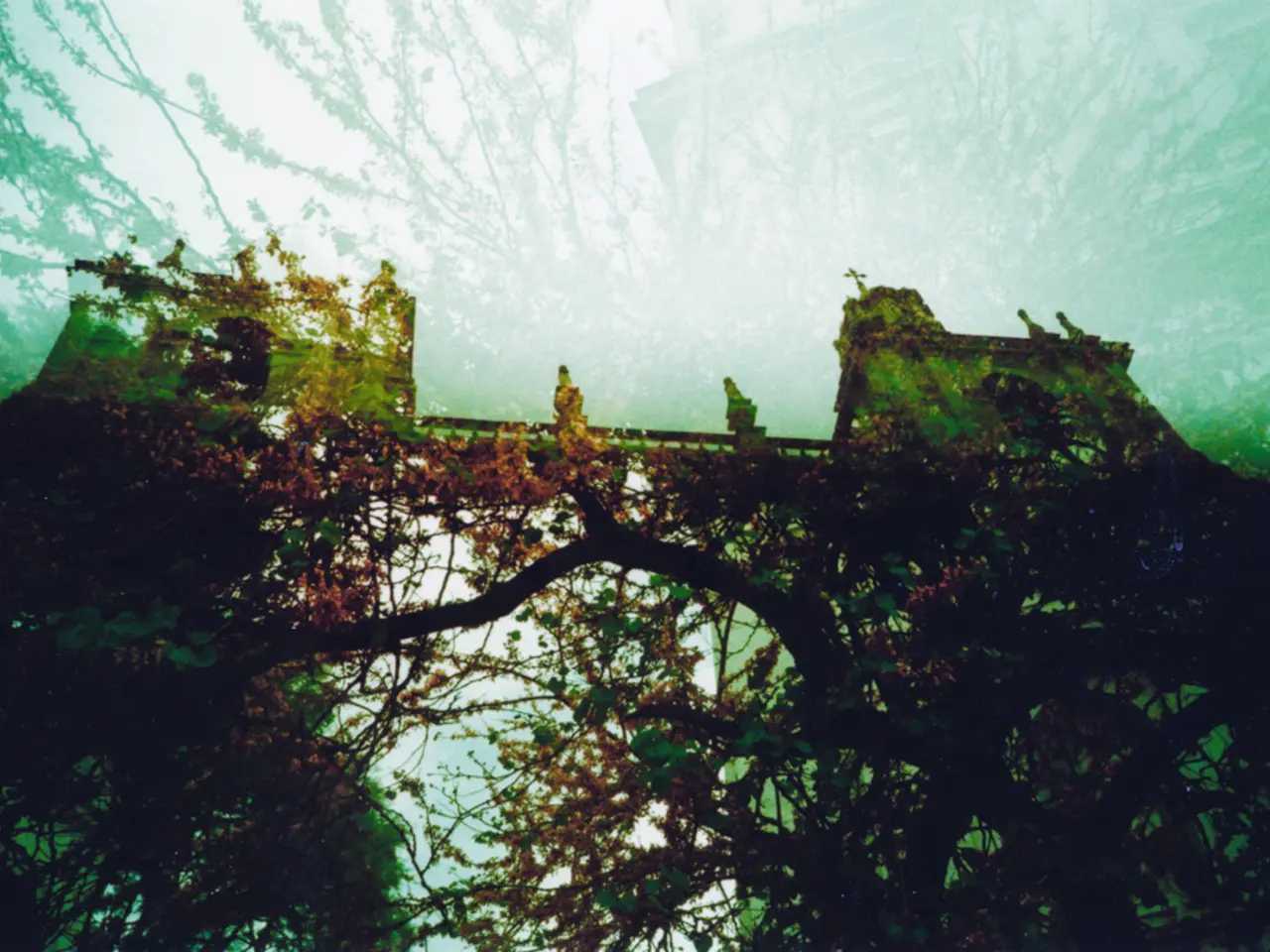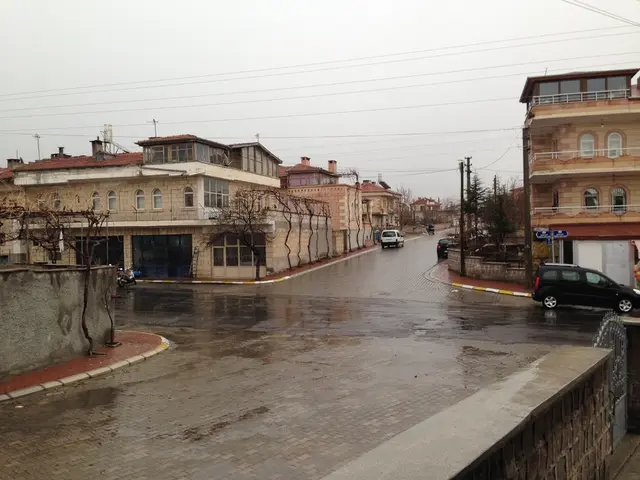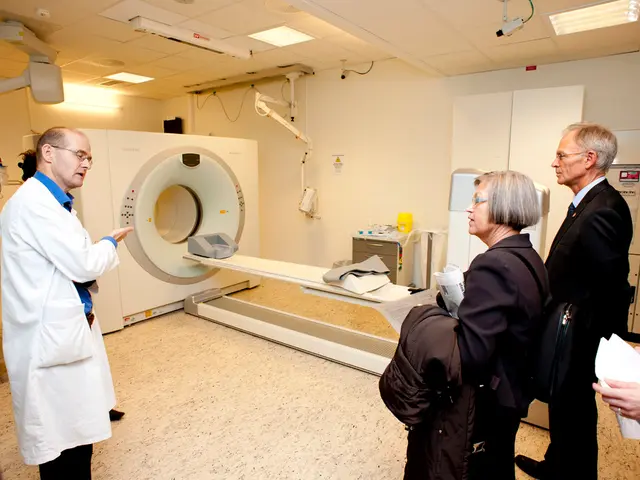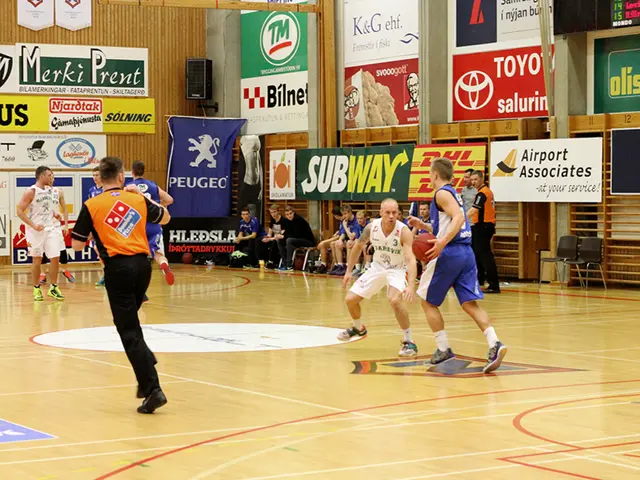Romans' 2,000-year-old wooden bridge uncovered by archaeologists in Switzerland.
Discovery of Ancient Roman Bridge in Switzerland Reveals Secrets of Past
In a significant archaeological find, a well-preserved Roman-era wooden bridge has been unearthed in Avenches, Switzerland. The bridge, built around 40 B.C.E., stood at a strategic crossroads of streets and waterways just outside the gates of the Roman outpost, Petinesca (now known as Studen).
The bridge, which spanned the Zihl River, was part of the Jura Transversal, a busy trade and transportation route. This key component of the Roman infrastructure in the region was in use for over 400 years, making it one of the longest-standing structures of its kind from that era.
During the excavation, archaeologists uncovered more than 300 oak piles, as well as additional artifacts from the Roman period. These included horseshoes, keys, coins, shoe nails, a fishing trident, and other items that offer a glimpse into everyday life during the Roman period.
The remains of the bridge, which underwent several renovations, as evidenced by additional piles that dated to as late as 369 C.E., are expected to provide more insights into the long-forgotten era of Swiss history. The finds could offer valuable insights into the region's strategic importance during the Roman period and the changes that took place following the Roman takeover.
The discovery of the bridge is among the recent significant archaeological finds in Switzerland and is one of the most significant Roman findings in the region in the past several decades. The bridge's location near the town of Petinesca, which served as a Roman outpost that maintained and secured much of the Jura Transversal, further emphasises its strategic importance.
The bridge's exceptional preservation was due to its storage in the oxygen-poor, damp soil, and the analysis of the tree rings in the wood revealed the exact year it was built – 40 B.C.E., 18 years after Julius Caesar's defeat of the Helvetii tribe. This discovery offers a unique opportunity to study the Roman influence on Switzerland's history and the impact of their infrastructure on the region.
As archaeologists continue to study the bridge and its surrounding artifacts, they hope to gain a deeper understanding of the Roman period and the daily lives of those who lived in the region during that time. The bridge's discovery is a testament to the rich history of Switzerland and the importance of preserving and studying our past.
Read also:
- Understanding Hemorrhagic Gastroenteritis: Key Facts
- Stopping Osteoporosis Treatment: Timeline Considerations
- Tobacco industry's suggested changes on a legislative modification are disregarded by health journalists
- Expanded Community Health Involvement by CK Birla Hospitals, Jaipur, Maintained Through Consistent Outreach Programs Across Rajasthan






